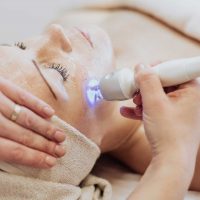At Slimming Solutions Med Spa, we aim to offer treatments to patients seeking cosmetic interventions designed to meet their requirements in the most advanced and effective way. After being asked so frequently by many of our clients, it has come to our notice that the question is about the similarity of laser skin resurfacing and chemical peels, especially improvements in regard to skin texture, tone, and overall appearance. In this complete guide, we look into the pros, cons, and optimal candidates for every treatment available so you can decide what will be best for your skin.
Understanding Laser Skin Resurfacing
What Is Laser Skin Resurfacing?Laser skin resurfacing is a non-invasive procedure that uses concentrated light beams to remove damaged skin cells layer by layer. The treatment prompts the growth of new collagen and elastin, two essential proteins skin needs for a youthful appearance.
Laser types of resurfacing
Ablative Lasers: This laser removes the skin’s surface. It is applied against deep wrinkles, scars, and uneven hues in the skin. The chief types include CO2 and Erbium lasers.
Non-Ablative Lasers:These focus on deep skin layers and do not affect the surface. They are suitable for fine lines, light wrinkles, and pigmentation problems. Popular options include Nd and fractional lasers.
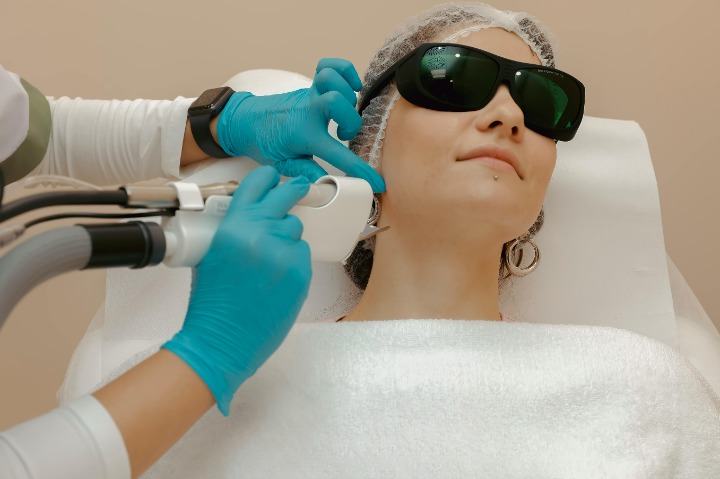
Benefits of Laser Skin Resurfacing
Precision:Lasers can focus on treatment in specific areas; therefore, they are most suitable to treat localized skin problems.
Effective for Deep Wrinkles and Scars:Ablative lasers effectively treat deeper skin imperfections.
Stimulates Collagen Production—Promotes long-term skin rejuvenation by increasing collagen levels.
Downtime:Ablative laser treatments involve significant recovery periods, with redness and swelling lasting for several weeks.
Cost: The cost of laser treatments may escalate, especially if it ollie sessions are required.
Risk of Side Effects:If not performed by an experienced person, there is a risk of burning, scarring, pigmentation changes, and other risks.
Appreciating Chemical Peels
What do Chemical Peels do? This is a procedure in which a solution is put on the skin, making it exfoliate the outer layers and eventually peel off. This reveals a new, regenerated skin, which is usually smoother and less wrinkled.
Types of Chemical Peels:
Superficial Peels:Typically utilize mild acids such as α-hydroxy acid to very gently exfoliate the top layer of skin—great candidates for fine lines, minor skin dyschromias, and overall improved skin texture.
Medium Peels:The medium peel uses a more robust acid solution—for example, trichloroacetic acid (TCA)—to penetrate the middle layer of the skin. Suitable for age spots, fine lines, and moderate skin discoloration.
Deep Peels:These peels are made up of powerful acids, including phenol, and are also very deep in skin penetration. They work best in erasing deep wrinkles, severe sun damage, or pronounced scars.
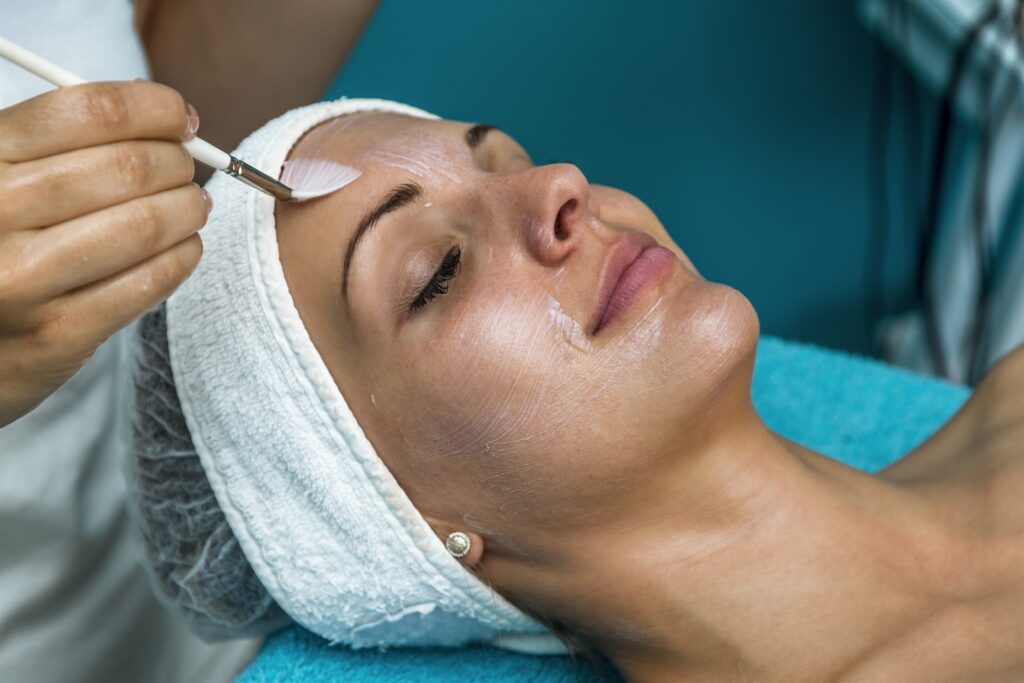
Benefits of Chemical Peel:
Versatility:effective on a wide range of skin concerns: from minor imperfections to significant damage.
Superficial Peels – Minimal downtime; significant for individuals with busy lifestyles.
Improves Texture and Tone:Enhances the skin’s general appearance by removing damaged outer layers.
Key Drawbacks of Chemical Peels
Sensitivity:The skin may be susceptible immediately after a higher level treatment, especially after deeper peels.
Scarring, infection, and alterations in skin color are possible adverse events if the treatment is not performed correctly.
Session Need:Depending upon the seriousness of the skin problem, several treatments would be required.
Laser Skin Resurfacing vs. Chemical Peels: Which One?
Effectiveness:
Laser Skin Resurfacing:Overall, it tends to be more successful for treating deeper skin issues, such as deep wrinkles or extremely significant scarring.
Chemical Peels:Best for mild to moderate skin needs with a depth that can be modified to increase penetration.
Recovery Time:
Laser Skin Resurfacing:Laser skin resurfacing has a more extended downtime, especially with ablative lasers. The procedure can take several weeks to heal.
Chemical Peels:The downtime varies with the depth of the peel. Superficial peels have minimal downtime, while deep peels may require weeks to recover.
Cost:
Laser Skin Resurfacing:The Cost of the treatment is usually high, especially the ablative therapies.
Chemical Peels:Generally inexpensive, although prices vary with the depth and type of peel.
Possible Dangers and Side-effects:
Laser Skin Resurfacing:Complications can occur, including burns, scarring, and pigmentation changes with unprofessional application.
Chemical Peels:Potential risks include infection, scarring, and changes in the color of the skin, particularly with a deeper peel.
Which Treatment is Right for You?
Type of Skin and Areas of Concern
For Deep Wrinkles and Scars: Laser Skin Resurfacing, particularly with ablative lasers, is usually the treatment of choice.
For Mild to Moderate Skin Problems:these, chemical peels are impressively effective, exceedingly superficial and medium peels, with minimal downtime.
Business Results or Tolerance for Downtime
Quick, Powerful Results:If you desire excellent improvement and can tolerate more downtime, laser skin resurfacing may be the better option.
Gradual Improvement with Minimal Downtime:Chemical peels provide generalized gradual improvement with minimal interference in your life.
Skin Sensitivity:Superficial chemical peels are the best for sensitive skin.
Resilient Skin:This is the kind of skin we might expect to find in those individuals who may well tolerate the harshness of laser skin resurfacing.
Optimizing Outcomes: Combining Treatments
It is these two methods used in combination that we usually recommend in Slimming Solutions Med Spa: a laser skin resurfacing combined with chemical peels, which together will produce the best-balanced results. These, in turn, will then combine for affecting a treatment plan addressing your specific skin concern with the ultimate goal being reached of improving suppleness and attaining a more radiant complexion. With the combination of treatments, a comprehensive skin rejuvenation is made possible by treatment at the surface and deeper levels.
Conclusion
The determination of whether it is laser skin rejuvenation or a chemical peel is basically based on skin type, concerns, eventual results, or the level of improvement desired. Both treatments have their glory side of benefits and will work remarkably well if performed by an expert. That is what you will find at Slimming Solutions Med Spa: is staffed with a team of leading experts dedicated to ensuring your skin looks great and that an individual’s treatment plan is designed with the most cutting-edge, innovative cosmetic technology. Come visit with our experts for a laser skin resurfacing or chemical peel consultation. They evaluate your skin, listen to your concerns, and suggest the best treatments for restoring your perfect look. Contact Slimming Solutions Med Spa and take your first step toward bright, youthful skin.


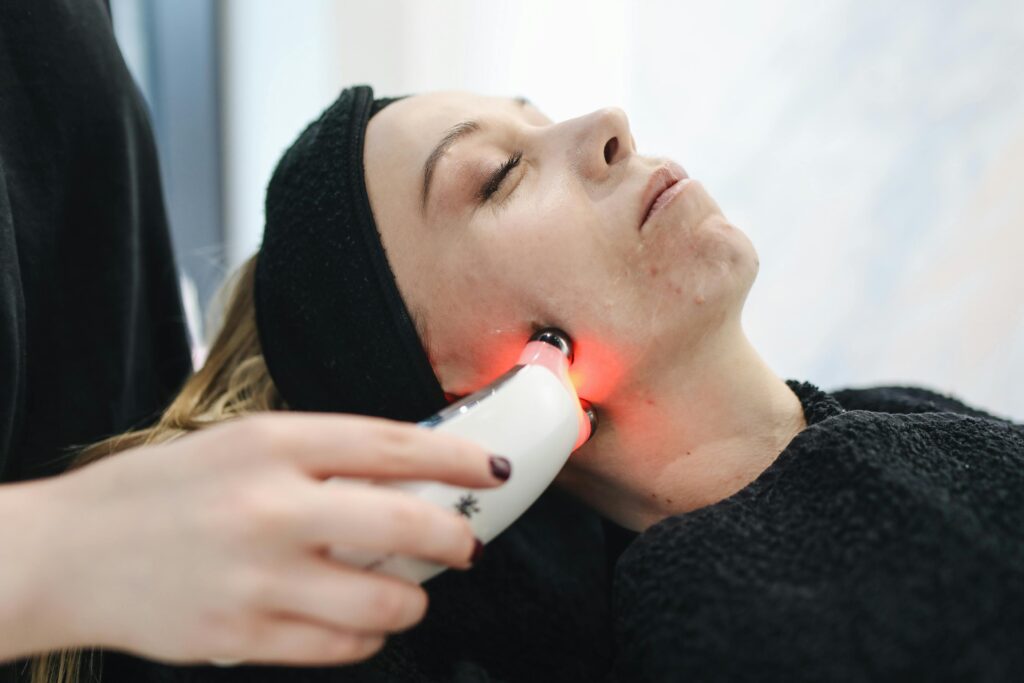
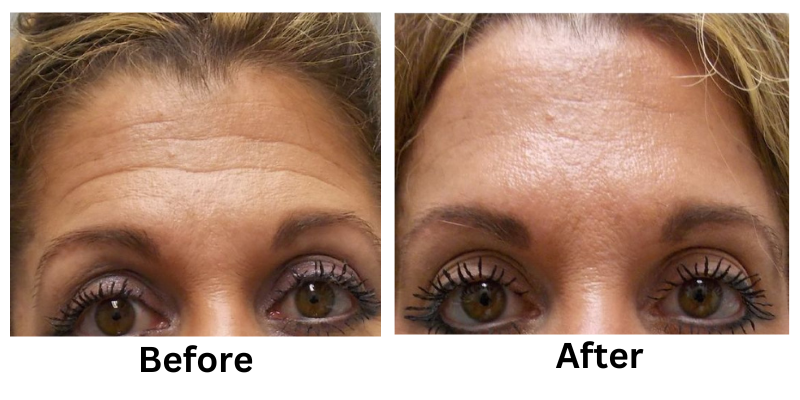
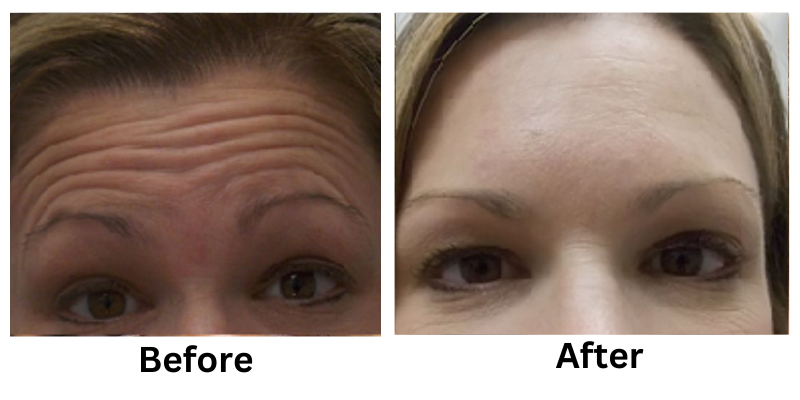
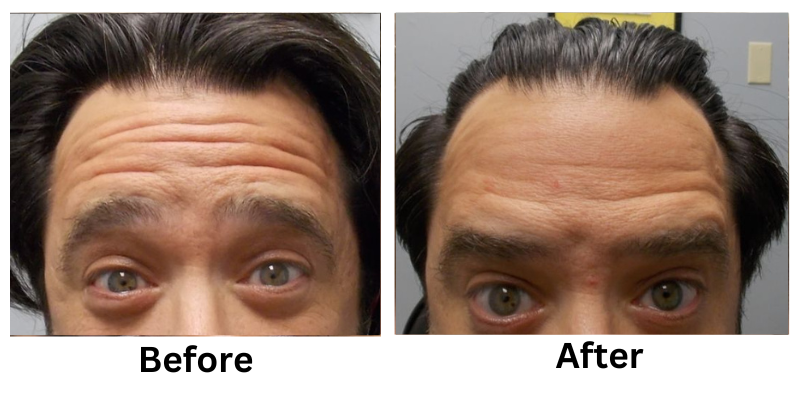
![[thumb]](https://slimmingsolutionsspa.com/wp-content/uploads/2023/12/botox1-150x150.png)
![[thumb]](https://slimmingsolutionsspa.com/wp-content/uploads/2023/12/Before2-150x150.png)
![[thumb]](https://slimmingsolutionsspa.com/wp-content/uploads/2023/12/Before3-150x150.png)
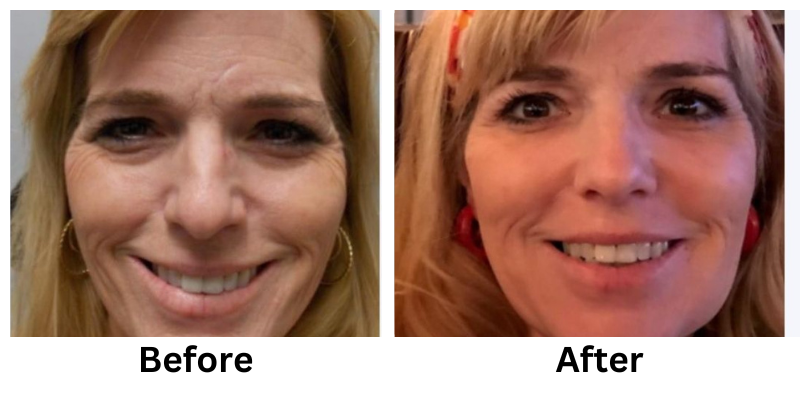

![[thumb]](https://slimmingsolutionsspa.com/wp-content/uploads/2023/12/Liquid-face-150x150.png)
![[thumb]](https://slimmingsolutionsspa.com/wp-content/uploads/2023/12/Liquid-face-1-150x150.png)
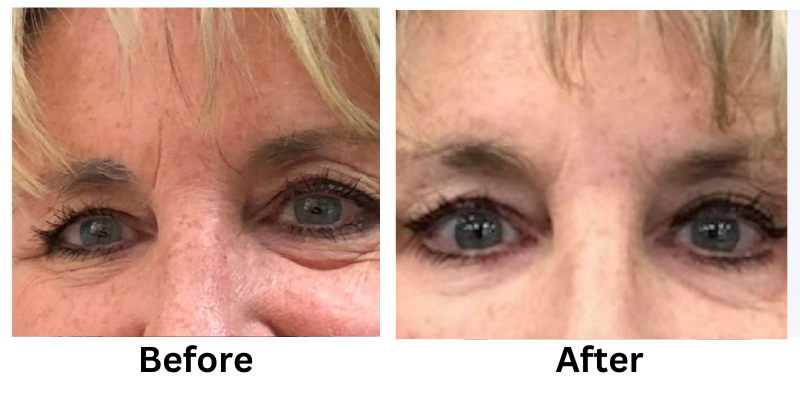
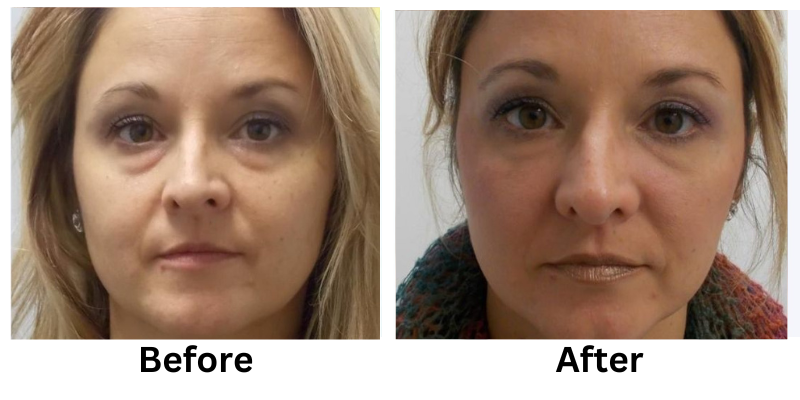
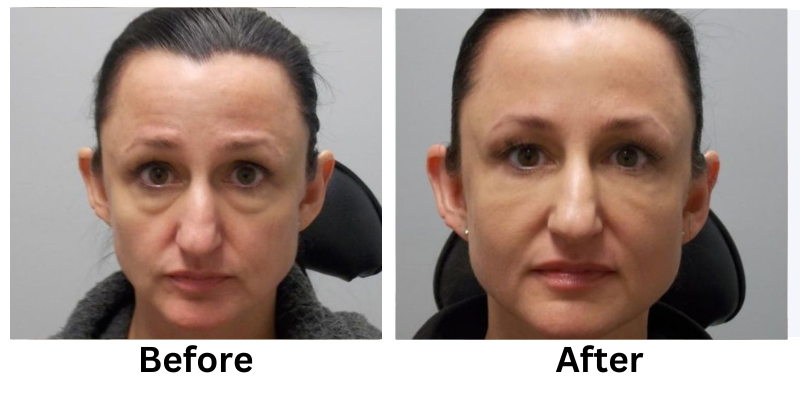
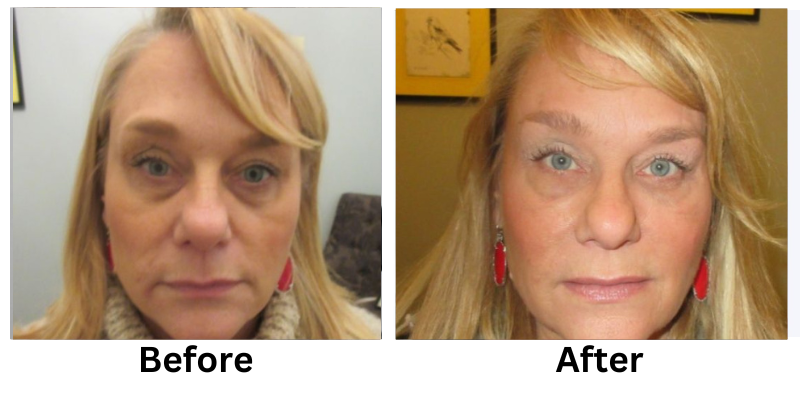


![[thumb]](https://slimmingsolutionsspa.com/wp-content/uploads/2023/12/revanesse-versa-1-150x150.png)
![[thumb]](https://slimmingsolutionsspa.com/wp-content/uploads/2023/12/revanesse-versa-2-150x150.png)
![[thumb]](https://slimmingsolutionsspa.com/wp-content/uploads/2023/12/revanesse-versa-3-150x150.png)
![[thumb]](https://slimmingsolutionsspa.com/wp-content/uploads/2023/12/revanesse-versa-4-150x150.png)
![[thumb]](https://slimmingsolutionsspa.com/wp-content/uploads/2023/12/revanesse-versa-5-150x150.png)
![[thumb]](https://slimmingsolutionsspa.com/wp-content/uploads/2024/01/Eyebrow-treatment-1-1-150x150.png)
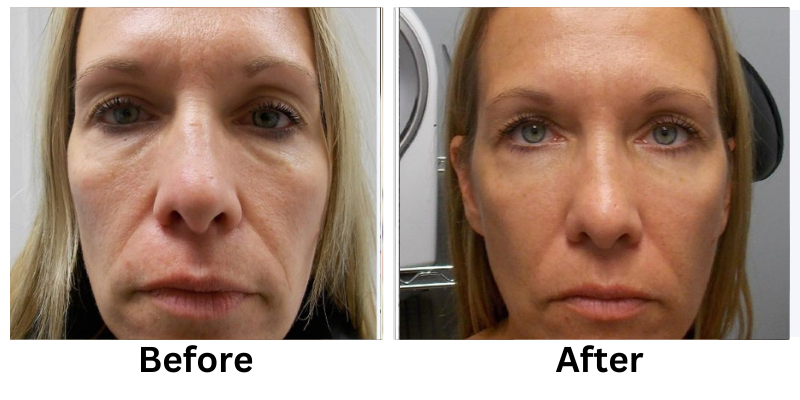
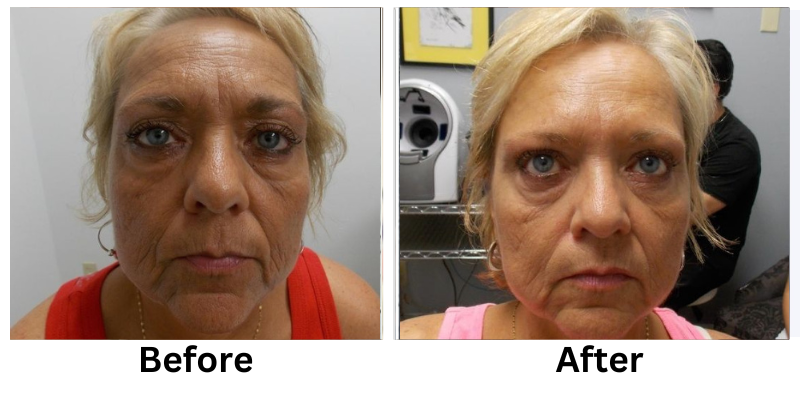
![[thumb]](https://slimmingsolutionsspa.com/wp-content/uploads/2023/12/Skin-Rejuvenation-1-150x150.png)
![[thumb]](https://slimmingsolutionsspa.com/wp-content/uploads/2023/12/Skin-Rejuvenation-2-150x150.png)


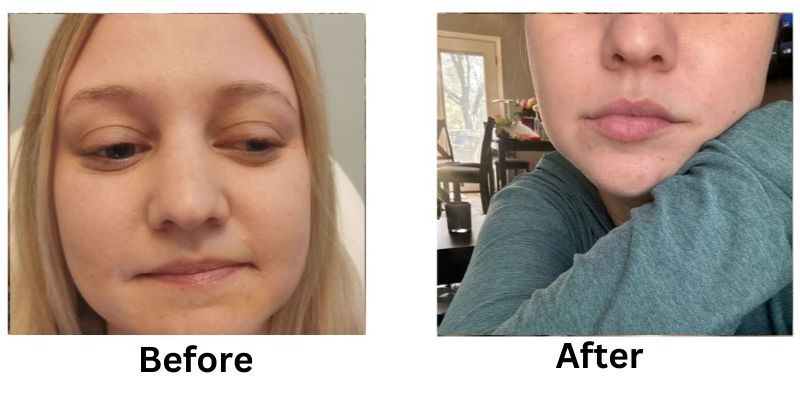
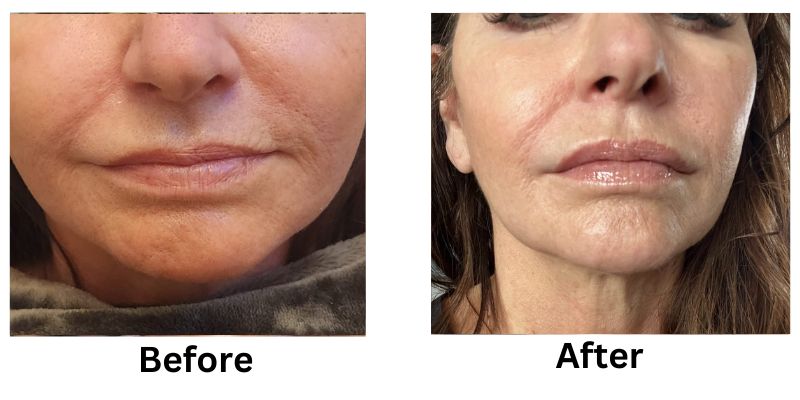

![[thumb]](https://slimmingsolutionsspa.com/wp-content/uploads/2024/01/Lip-Filler-1-150x150.png)
![[thumb]](https://slimmingsolutionsspa.com/wp-content/uploads/2024/01/Lip-Filler-2-150x150.png)
![[thumb]](https://slimmingsolutionsspa.com/wp-content/uploads/2025/02/Lip-Filler-1-150x150.png)
![[thumb]](https://slimmingsolutionsspa.com/wp-content/uploads/2024/01/Lip-Filler-150x150.jpg)
![[thumb]](https://slimmingsolutionsspa.com/wp-content/uploads/2024/01/Before-1-150x150.jpg)
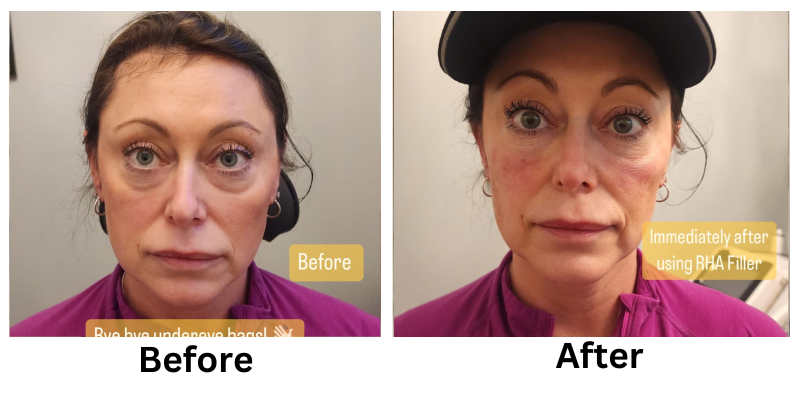
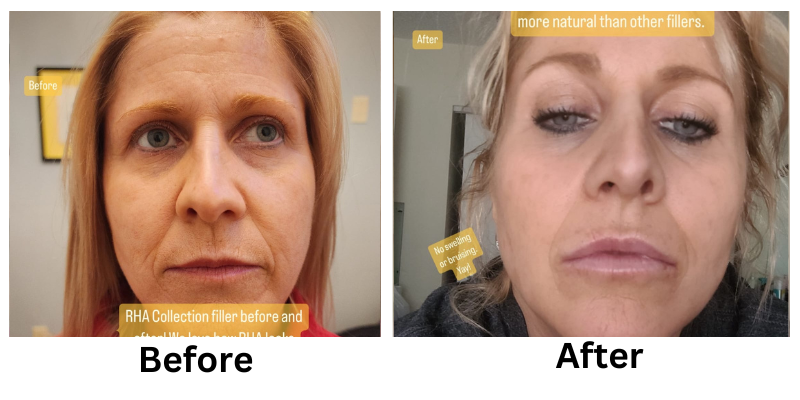

![[thumb]](https://slimmingsolutionsspa.com/wp-content/uploads/2024/01/RHA-Treatmetn-3-150x150.png)
![[thumb]](https://slimmingsolutionsspa.com/wp-content/uploads/2024/01/RHA-Treatmetn-2-150x150.png)
![[thumb]](https://slimmingsolutionsspa.com/wp-content/uploads/2024/01/RHA-Treatmetn-1-150x150.png)
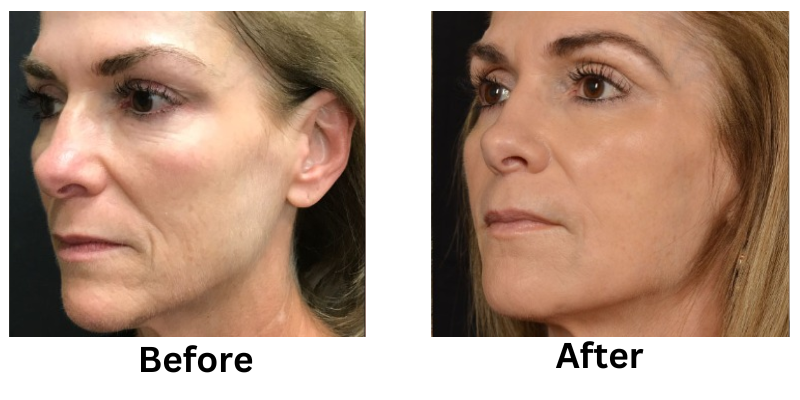
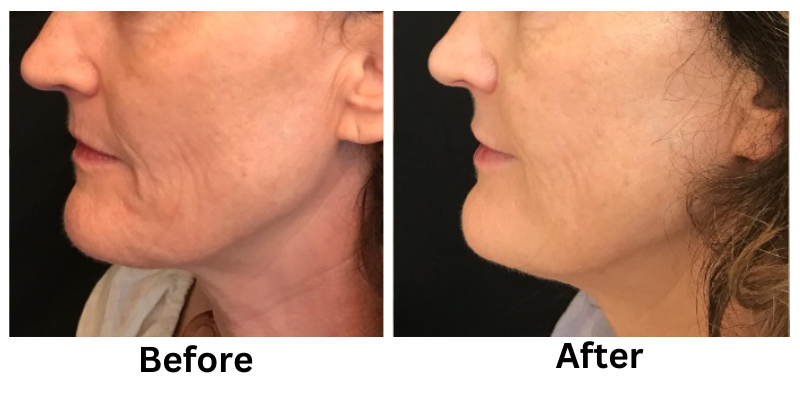

![[thumb]](https://slimmingsolutionsspa.com/wp-content/uploads/2024/01/Thread-Lifts-1-150x150.png)
![[thumb]](https://slimmingsolutionsspa.com/wp-content/uploads/2024/01/Thread-Lifts-2-150x150.png)
![[thumb]](https://slimmingsolutionsspa.com/wp-content/uploads/2025/02/Lip-Filler-2-150x150.png)
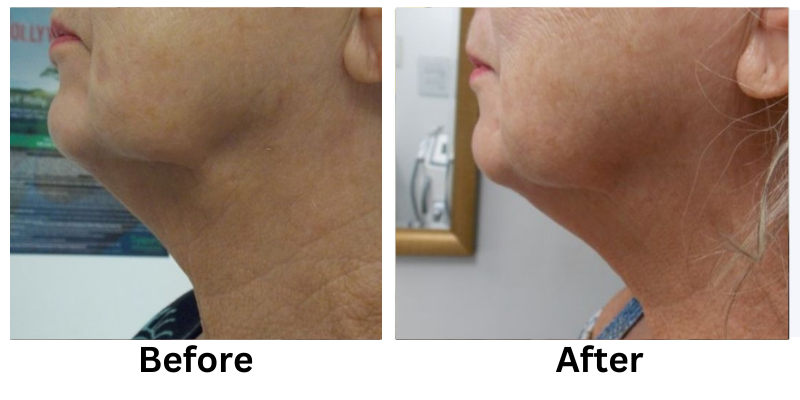
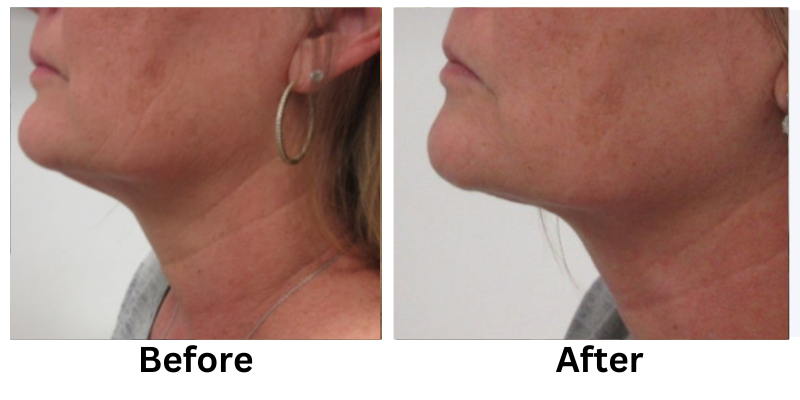


![[thumb]](https://slimmingsolutionsspa.com/wp-content/uploads/2023/12/skin-reuvulation1-150x150.png)
![[thumb]](https://slimmingsolutionsspa.com/wp-content/uploads/2023/12/skin-rejuvulation-2-150x150.png)
![[thumb]](https://slimmingsolutionsspa.com/wp-content/uploads/2023/12/Skin-Tighting-150x150.png)
![[thumb]](https://slimmingsolutionsspa.com/wp-content/uploads/2023/12/Before-150x150.jpg)
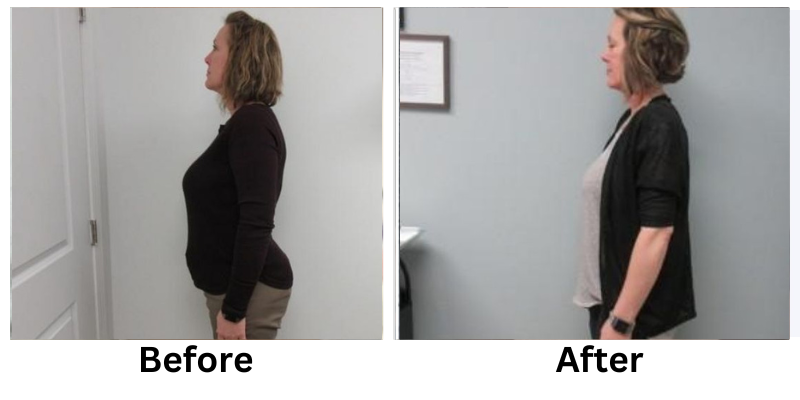
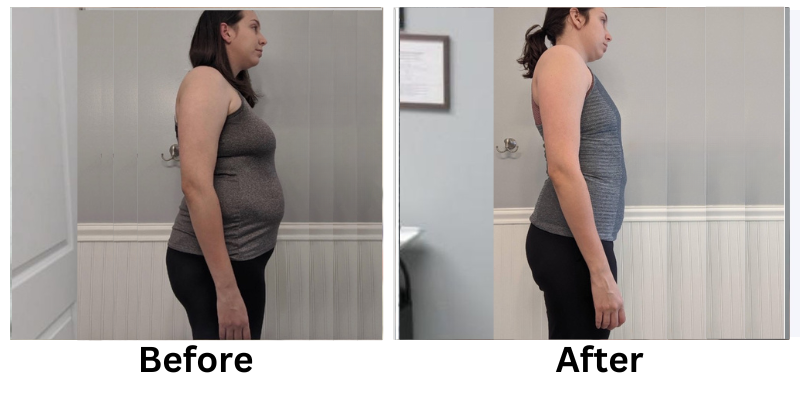
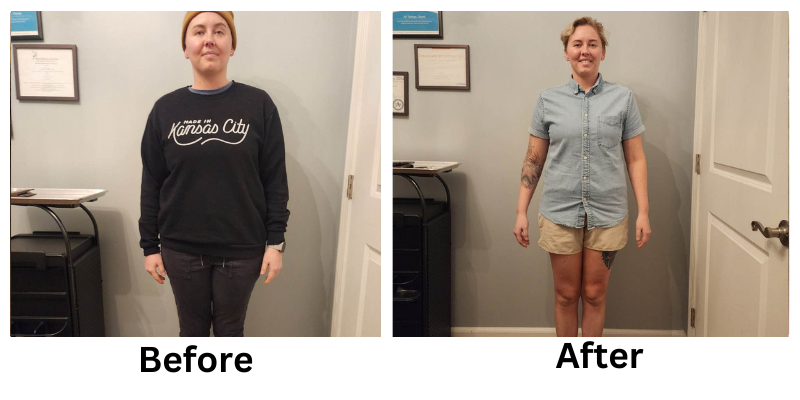
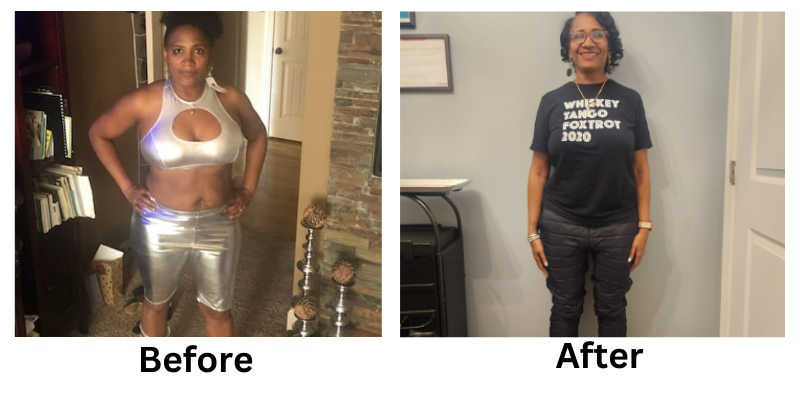
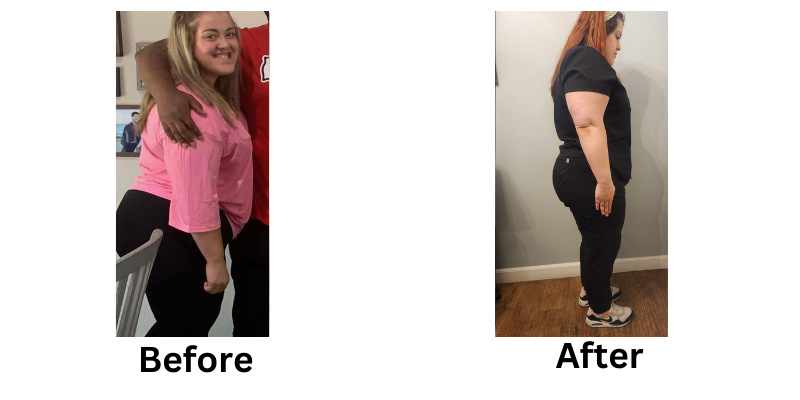
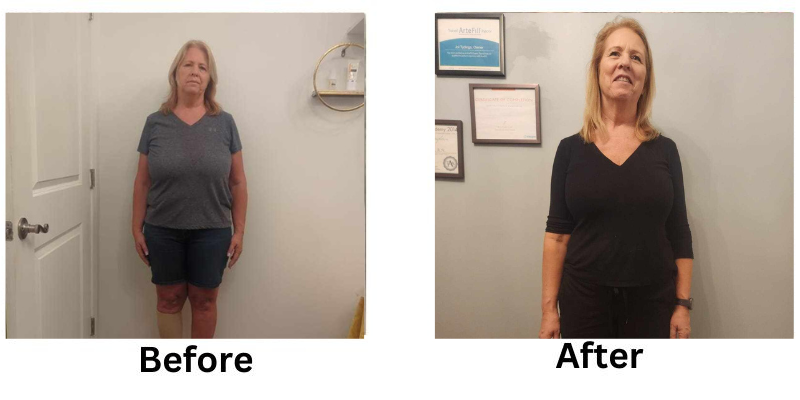
![[thumb]](https://slimmingsolutionsspa.com/wp-content/uploads/2023/12/weightloss-1-150x150.png)
![[thumb]](https://slimmingsolutionsspa.com/wp-content/uploads/2023/12/weightloss-2-150x150.png)
![[thumb]](https://slimmingsolutionsspa.com/wp-content/uploads/2023/12/2Weight-Loss-2-150x150.png)
![[thumb]](https://slimmingsolutionsspa.com/wp-content/uploads/2025/02/Weight-Loss-1-new-150x150.png)
![[thumb]](https://slimmingsolutionsspa.com/wp-content/uploads/2023/12/Weight-Loss-3-150x150.png)
![[thumb]](https://slimmingsolutionsspa.com/wp-content/uploads/2025/03/Slimming-Solutions-BA-Template-150x150.png)

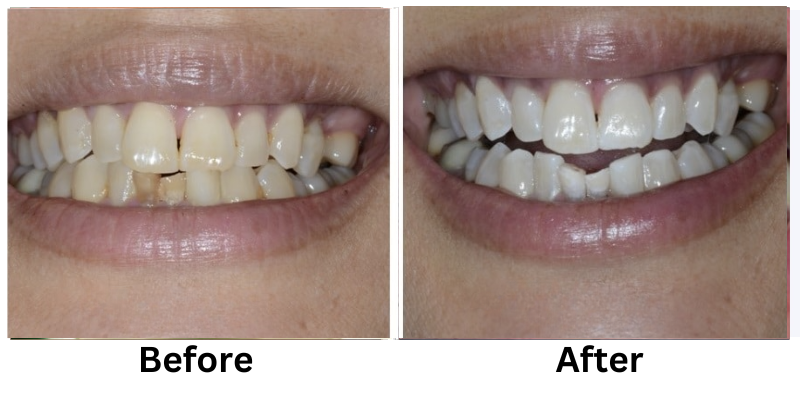
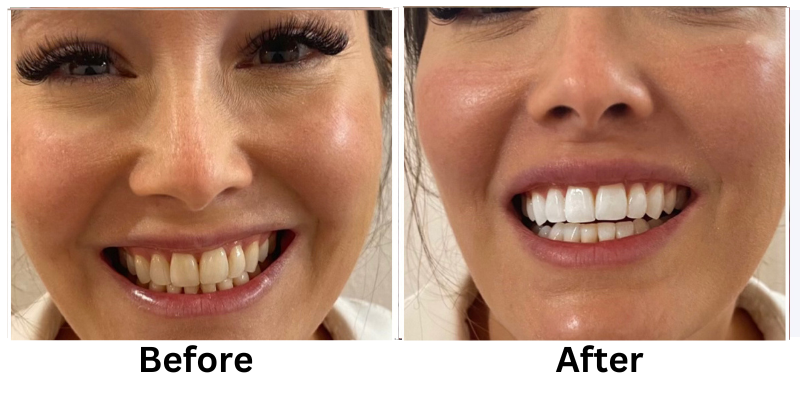

![[thumb]](https://slimmingsolutionsspa.com/wp-content/uploads/2023/12/dat3-150x150.png)
![[thumb]](https://slimmingsolutionsspa.com/wp-content/uploads/2023/12/dat-0-150x150.png)
![[thumb]](https://slimmingsolutionsspa.com/wp-content/uploads/2023/12/dat-1-150x150.png)
![[thumb]](https://slimmingsolutionsspa.com/wp-content/uploads/2023/12/Before-1-150x150.png)
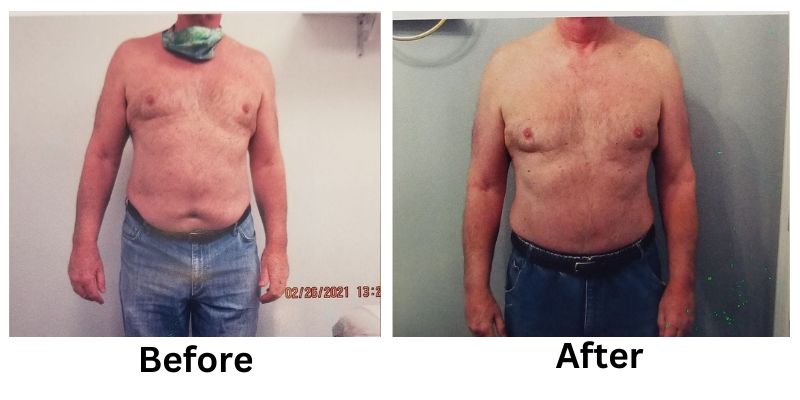

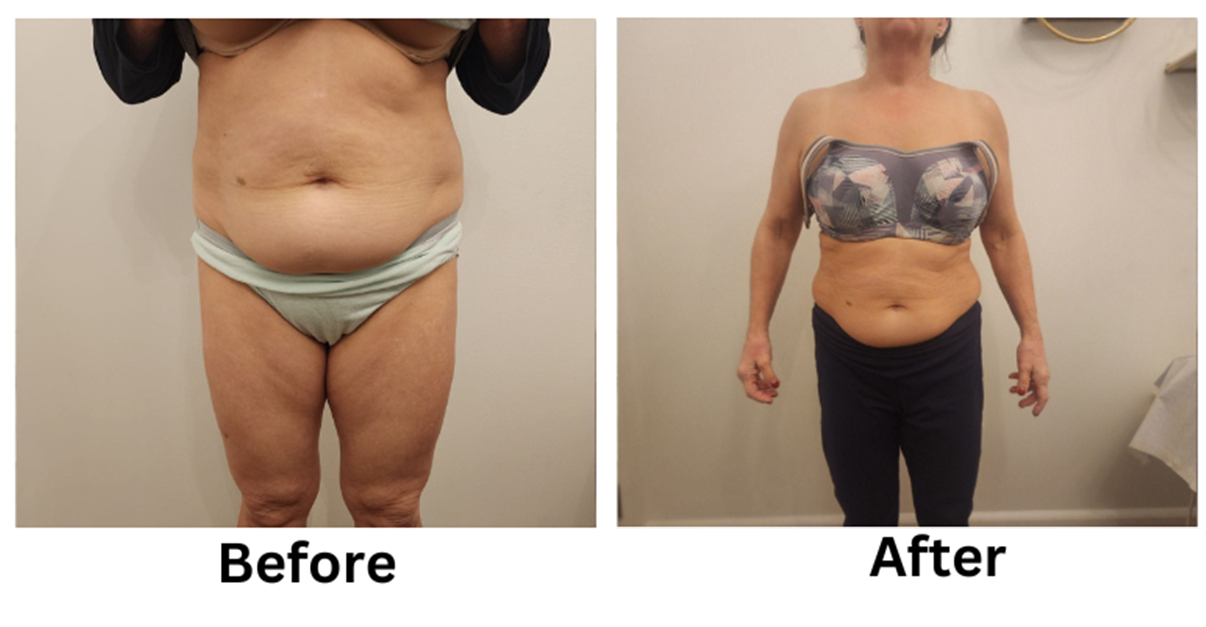
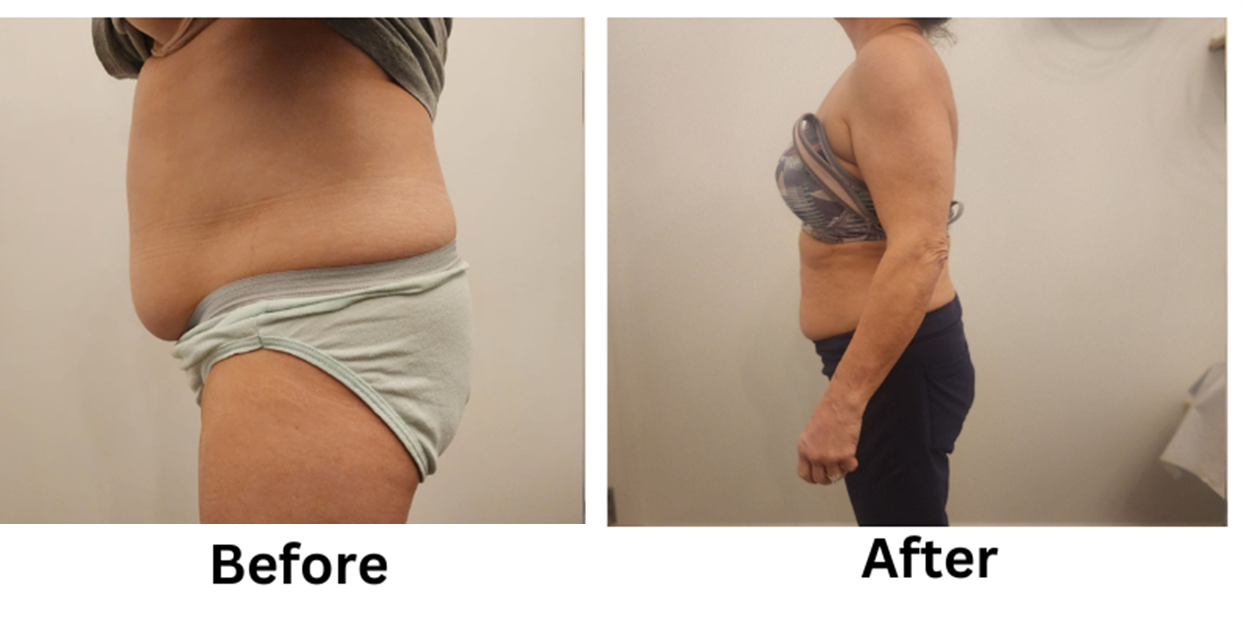
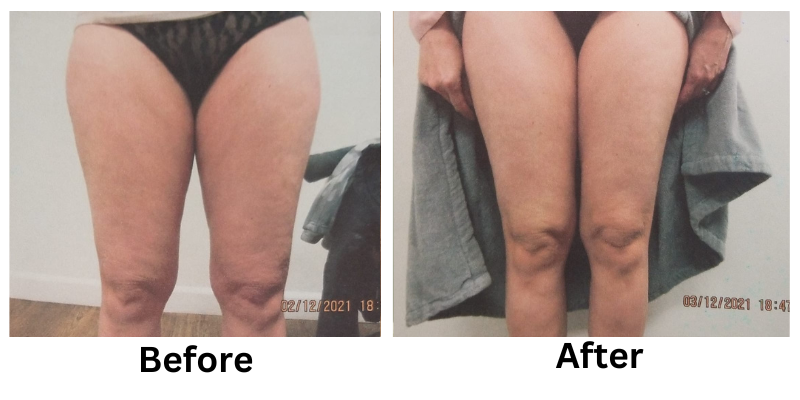
![[thumb]](https://slimmingsolutionsspa.com/wp-content/uploads/2024/01/EMS-Treatment-2-150x150.png)
![[thumb]](https://slimmingsolutionsspa.com/wp-content/uploads/2024/01/EMS-Treatment-1-150x150.png)
![[thumb]](https://slimmingsolutionsspa.com/wp-content/uploads/2025/02/ems-BNA-front-150x150.png)
![[thumb]](https://slimmingsolutionsspa.com/wp-content/uploads/2025/02/EMS-bna-SIDE-150x150.png)
![[thumb]](https://slimmingsolutionsspa.com/wp-content/uploads/2024/01/EMS-Treatment-6-150x150.png)

